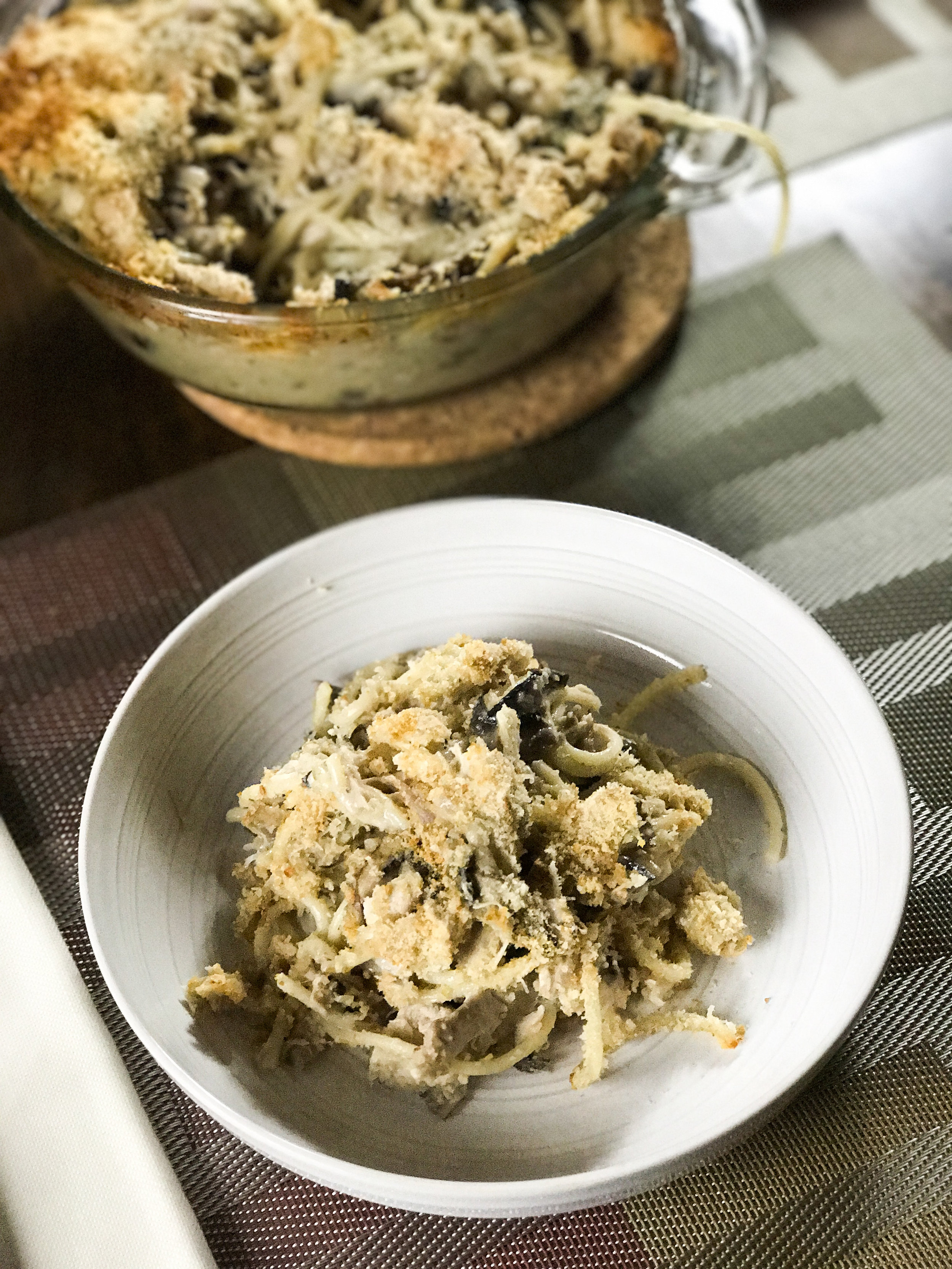There they were, on a shelf in my fridge: six duck legs.
What to do with them? I could roast them, I thought.
But I wanted something luscious. Saucy and luscious. I wanted a braise.
A ragù! I could make a rich, delicious duck ragù to dress big, fat, toothsome homemade pappardelle noodles. Once it got to simmering, I could make fresh pasta, working slowly and lazily as the kitchen filled with magnificent aromas.
I hadn't made fresh pasta in years. Maybe more than a decade. But now, suddenly, I had to have it. Oh, to feel the dough gliding through the rollers of the pasta machine, then later to bite into springy, lively noodles – bathed in that luscious ragù I'd already conjured in my brain's delicious-dream center.
No turning back now.
What did I need? What did I have? Red wine, check. Onion and carrot, check. Fresh thyme, check. Can of diced tomato, box of chicken broth, check. I even had some dried porcini, which would be perfect with the duck, rounding out and deepening the flavor. Flour and eggs for the pasta, check.
Looked like I was in business.
It might sound daunting to achieve something so impressive in your own kitchen, but the duck ragù part is actually pretty easy. If you don't feel up to making your own pasta, you can still feast deliciously on duck and porcini ragù with dried pappardelle.
Here's how it goes. Brown the duck legs in a little olive oil, then sauté onions, diced carrot and garlic cloves. Deglaze the pan with red wine, add herbs, chicken broth, tomatoes, dried porcini and the duck legs, cover the pot partially and simmer – and simmer and simmer, low and slow. See? Nothing to it. And you're almost there.
Meanwhile, make the fresh pasta, concocted from nothing more than flour and eggs. You can make the dough in a jiff in the food processor, but lately I'm feeling low tech, so I mixed it by hand in a big bowl. (Also, my food processor blade has been recalled by Cuisinart.) It's not as difficult you might think; do it a few times, and it becomes goofy-easy. In fact, I'll reckon you can make better handmade pasta in your own kitchen than what's generally served in restaurants, where it's so often tough, or gummy.
And working with the dough – with those gorgeous aromas in the background – is supremely soothing. Even if your old-fashioned Atlas pasta machine has developed a high-pitched squeak from disuse.
Wanna give it a whirl? Here's now to do it:
Back to our ragù, which is now smelling insanely wonderful. When the duck legs are almost falling-off-the-bone tender, pull them out, take the meat off the bones and put all that tender meat back in. Simmer the ragù a few more minutes – basically, until you can't stand for another minute not to be eating it. Even feckless teenagers, home, say for winter break from college, won't be able to stay away.
Drop your gorgeous pasta in boiling salted water. Leave it just two or three minutes – the fresh stuff cooks really quickly. Now pull it out gently with tongs, and drop it into the simmering ragù. Let it cook there another minute, so it soaks up all that incredible flavor. Turn it into a serving bowl or platter. Drop some chopped Italian parsley on top. Or not.
Pour the red wine. Pass the parm with a grater at the table. Prepare to swoon.
Here's the recipe. Call me when you've recovered.







